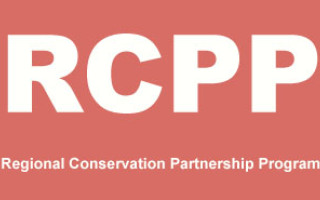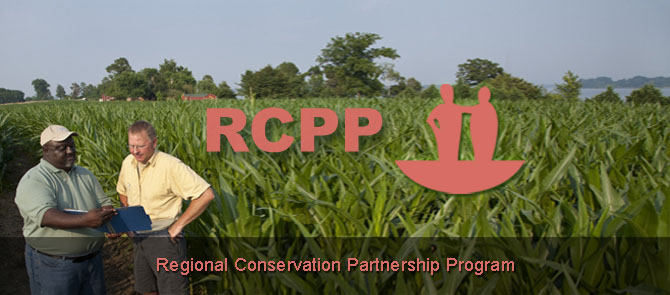California Projects in New USDA Regional Conservation Partnership Program
Agriculture Secretary Tom Vilsack has announced 115 high-impact projects across all 50 states and the Commonwealth of Puerto Rico will receive more than $370 million in federal funding as part of the new USDA Regional Conservation Partnership Program (RCPP). In addition, these projects will leverage an estimated $400 million more in partner contributions—for a total of nearly $800 million—to improve the nation’s water quality, support wildlife habitat and enhance the environment.
“This is an entirely new approach to conservation efforts,” said Secretary Vilsack. “These partnerships empower communities to set priorities and lead the way on conservation efforts important for their region. They also encourage private sector investment so we can make an impact that’s well beyond what the Federal government could accomplish on its own.”
The RCPP competitively awards funds to conservation projects designed by local partners specifically for their region. Eligible partners include private companies, universities, non-profit organizations, local and tribal governments and others joining with agricultural and conservation organizations and producers to invest money, manpower and materials to their proposed initiatives.
Through the RCPP, partners propose conservation projects to improve soil health, water quality and water use efficiency, wildlife habitat, and other related natural resources on private lands.
Four of the selected projects are connected to California:
1) Expansion of Waterbird Habitat – The current sequence of events for rice production creates a situation where birds are frequently left with abrupt changes in habitat availability. The proposal extends the “watering” season of flooded rice fields beyond just the production phase and adds shallow water habitat in the winter/spring and fall months. This proposal supports the California Rice Commission in expanding the Waterbird Habitat Enhancement Program (WHEP) by 50 percent, thus enhancing the wildlife value of 165,000 acres of rice and the long term sustainability of rice agriculture.
2) Rice Stewardship Partnership – The Rice Stewardship Partnership, composed of Ducks Unlimited, the USA Rice Federation, and 44 collaborating partners, will assist up to 800 rice producers to address water quantity, water quality, and wildlife habitat across 380,000 acres in Mississippi, Arkansas, California, Louisiana, Missouri, and Texas.
3) Tricolored Blackbird Habitat – The Tricolored Blackbird once was abundant in California with a population in the millions. It now has an estimated 145,000 birds remaining statewide, and many predict that it is heading toward extinction. This proposal is a partnership between the dairy industry and conservation groups, with Audobon California as the lead partner, to address the factors that challenge California dairy farmers and threaten Tricolored Blackbirds, with the goal of finding a sustainable solution for management of colonies on farms and saving the Tricolored Blackbird from extinction.
4) Klamath-Rogue Woodland Health and Habitat Conservation – Many at-risk and listed species depend on quality oak woodlands that are threatened by conifer encroachment, densification, and severe wildfires in this project area, covering portions of Oregon and California. Working with landowners, including historically underserved producers, and using a sound, science-based approach, the partners will target 3,200 high-priority acres recently identified in a Conservation Implementation Strategy to preserve, enhance, and restore the structural diversity, ecological function, and overall health and persistence of oak habitats and their watersheds.
A complete list of the projects and their descriptions is available on the NRCS website.










